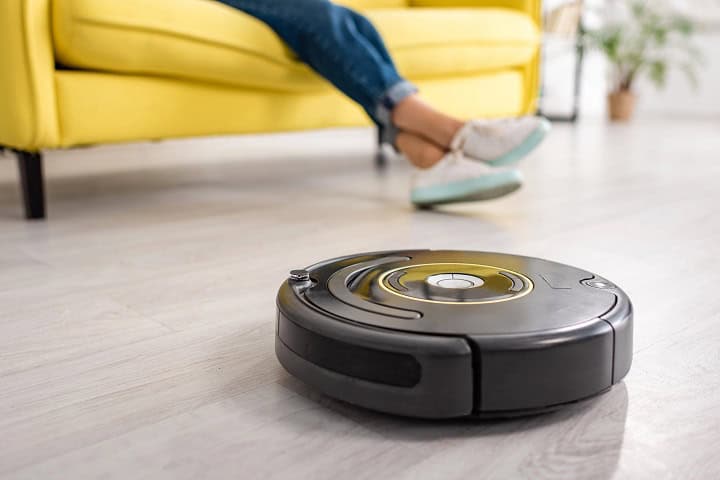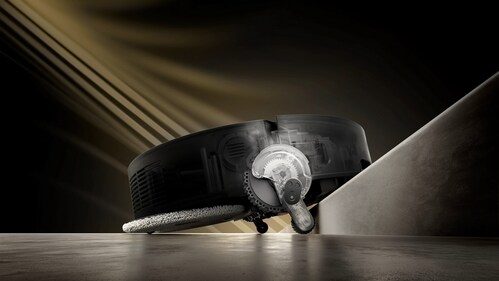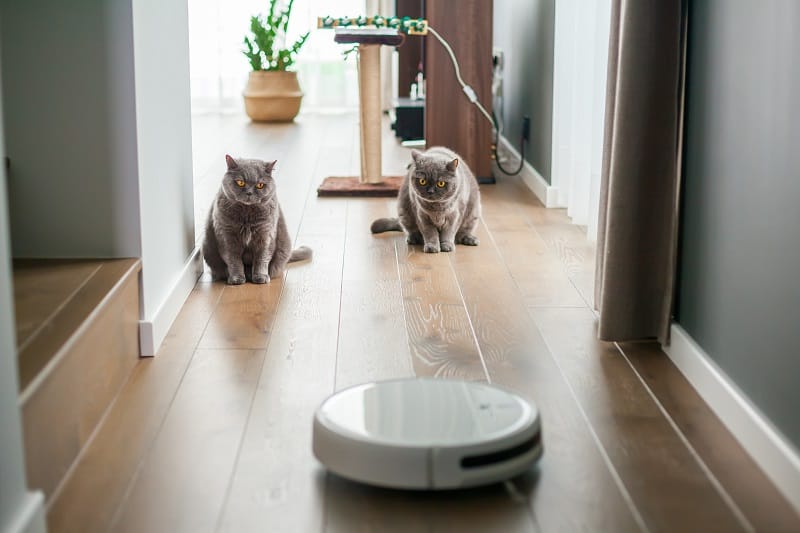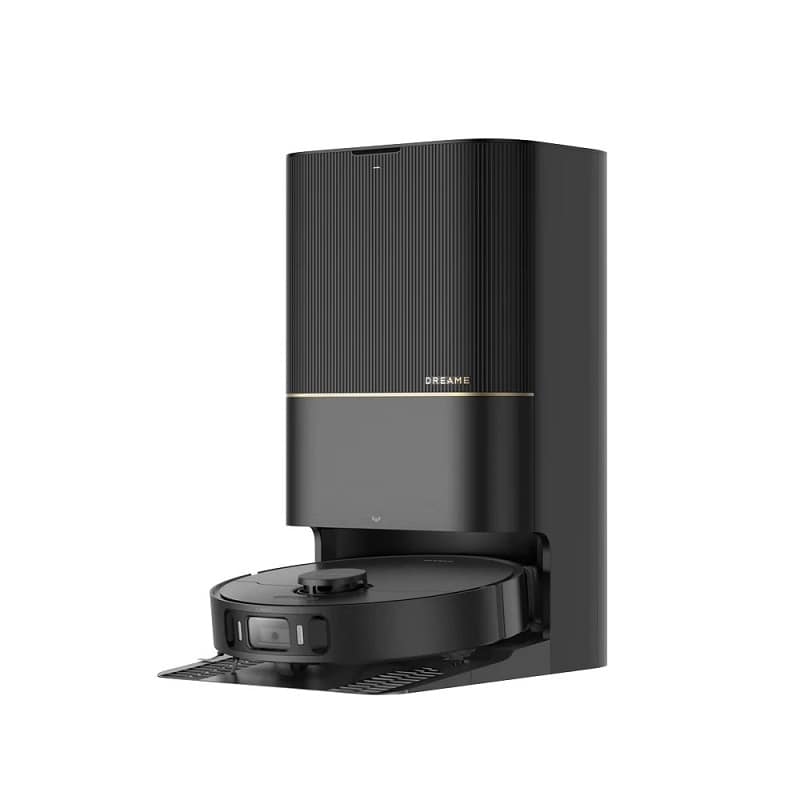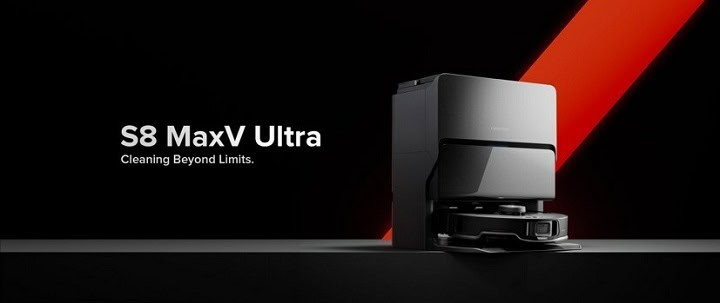Picking a robot vacuum can feel a bit confusing with so many choices out there. Each home has its own needs, and not every vacuum will fit every space. Home size, flooring types, occupants, and desired smart features are all very different from one home to another. This post will go over the key things to consider when you selecting a new robot vacuum for your home.
Understanding Floor Types and Compatibility
Before picking a robot vacuum, it helps to look at the types of floors in your home. Some models work better on hard floors like tile, laminate, or hardwood, while others can handle carpet. If you have mostly hard floors, you may want a robot vacuum with strong suction but a simple brush system. For homes with a mix of carpet and hard flooring, look at models that can adjust to different surfaces or have special brush rolls that get dirt out of carpet fibers.
Robot cleaners these days are often more than just a vacuum, and come with the ability to mop floors too. For homes with lots of hard floors, this can be an amazing feature keeping the floors even cleaner than a simple vacuum alone. However, if you only have limited hard flooring areas ( maybe a kitchen and bathroom ), this feature might not be as useful.
Stairs and room transitions can be a problem for robot vacuums. Most robot vacuums cannot climb stairs (we’re just now starting to see beta models that can climb stairs, so hopefully we’ll have them soon! ). For now, you will need to move them between levels if your home has more than one floor. For room transitions, check the height of the vacuum and the thickness it can cross. Some models can move over low thresholds or small bumps, but thick rugs or high transitions might stop them. Look at the product details to see what kinds of thresholds a model can cross before buying.
Examining Performance Features
Suction power is an important part of a robot vacuum. Some models have stronger suction than others. People with pets or a lot of carpet may want to look for a vacuum with higher suction. Strong suction can help pick up hair, dirt, and dust more easily. Some robot vacuums let you change the suction settings, which can help save battery or make less noise.
If you have pets, you might look for a robot vacuum made to pick up pet hair. Some models have brushes that do not tangle as much and filters that help with pet dander. These can be helpful in keeping hair and dust under control, especially if pets shed a lot.
Battery life is another thing to think about. Some robot vacuums can clean for over two hours on one charge, while others need to recharge sooner. The size of the area a robot vacuum can clean before charging depends on the battery and the cleaning pattern. Larger homes may need a robot vacuum with a longer battery life or one that can resume cleaning after it recharges.
Dustbin size can also matter, especially in homes with a lot of dirt or pet hair. A bigger dustbin means you do not need to empty it as often. Some robot vacuums have bins that are easy to take out and clean, while others may be harder to reach. Keeping the dustbin clean helps the vacuum work better and last longer. Most premium models have a home base with a self emptying dustbin that can store even more dirt, allowing the robot cleaner to go for longer without needing to be maintained.
Considering Smart Features and Controls
Many robot vacuums come with smart features that can make cleaning easier. Some models connect to a phone app so you can start, stop, or change cleaning settings from your couch or while you are away. Other vacuums work with voice assistants like Alexa or Google Assistant, which lets you control the vacuum by speaking simple commands. Checking for app or voice support may be helpful if you want to make cleaning more simple or keep up with other smart devices in your home.
Robot vacuums use different tools to move around your home. Many have sensors or cameras to map your rooms and avoid bumping into furniture. Some models can learn the layout of your home and remember which spots they have cleaned. This can help the vacuum be more careful and avoid missing areas. If you have a larger home or lots of furniture, you may want to pick a model with better mapping and navigation.
Scheduling tools let you set up cleaning times that fit your routine. Some vacuums let you pick certain days or times for cleaning, either on the device or through an app. Custom settings may let you block off rooms you do not want cleaned or change how hard the vacuum works on certain floors. These options can be useful for people who want to clean while they are gone or have different needs for different parts of the house.
In Summary
Choosing a robot vacuum comes down to knowing what you need for your home. Think about the type of floors you have, if you have pets, and how your rooms are set up. Look at things like suction power, battery life, and dustbin size to see what will work best in your space. Smart features like phone apps, voice controls, and mapping can make cleaning easier but may cost more. Taking some time to match the features to your needs can help you find a model that fits your home and makes cleaning less of a job.
